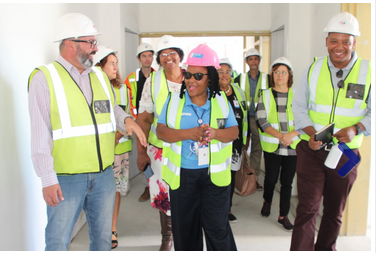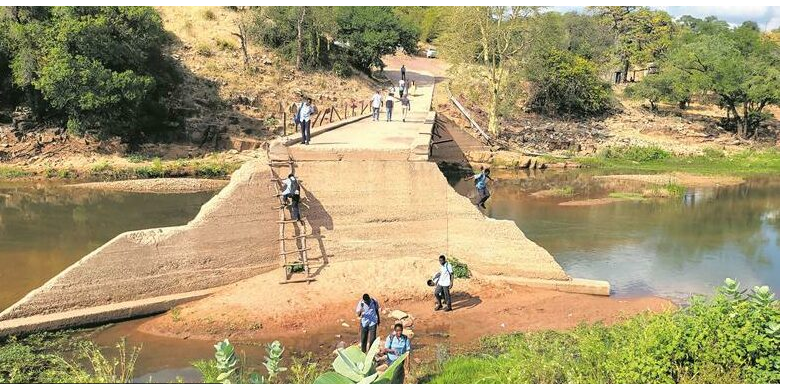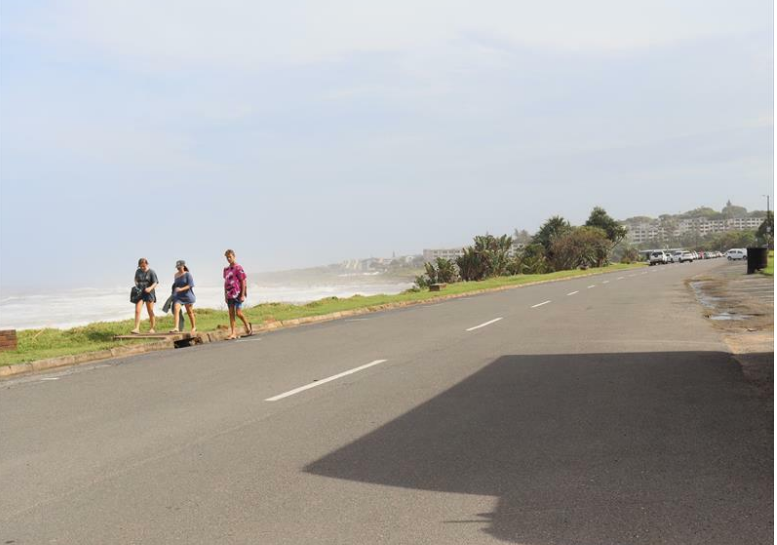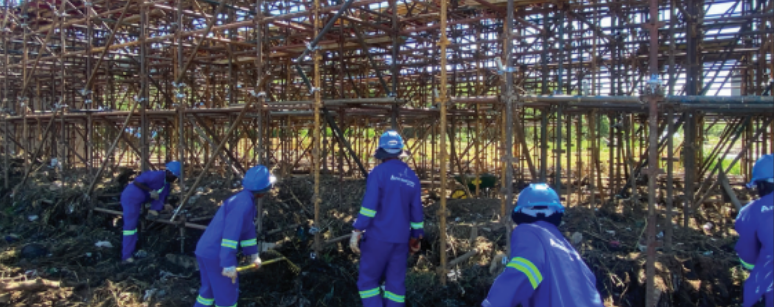Investors push for positive global change in tailings management

07-08-2019
Read : 81 times
Bizcommunity.com
Source
ailings are a sand-like byproduct of mining that results from crushing the ore before mineral extraction. Often, tailings are disposed of in dams built with tailings themselves, or with other mine waste products. The technical knowledge exists to safely build these structures. But tailings dams failures, with tragic consequences, are occurring at an unacceptably high rate.
There have been significantly destructive tailings failures in countries as varied as South Africa, Japan, Italy, Canada – and, most recently, Brazil. In January 2019 a tailings dam at the Córrego do Feijao iron mine in Brumadinho, Brazil collapsed. According to the World Mine Tailings Failure database, this resulted in the release of 12 million cubic meters of tailings. It also killed 240 people and, by May 2019, 32 were still listed as missing.
Its high death toll sets the Brumadinho failure apart from many others. The World Mine Tailings Failure database, which covers over a century of mine tailings incidents, contains only four failures with death tolls exceeding 250: Mexico in 1937, Bulgaria in 1966, Italy in 1985, and China in 2008.
So why do tailings dams fail? And what can we do to try and avoid such failures? This is what we explored in a recent paper in Science Magazine. We pointed out, for instance, how the processes in a tailings dam can take up to decades to manifest themselves. This means that although the ultimate collapse of a tailings dam can be sudden, the build-up of conditions that lead to failure is often the result of protracted deviations from good engineering practice.
The flip side of this is that the efforts currently underway to improve the safety record of tailings dams will also take time – probably years – to manifest themselves.
One of the most interesting developments to emerge from the Brumadinho disaster is how investors can work together with mining companies and regulatory bodies to improve tailings management systems. In fact, a group of investors is proving to be instrumental in the push for greater global oversight and improved regulations.
An international standard for tailings management
Six days after the Brumadinho failure, a group of investors led by, among others, the Church of England funds and the Swedish Public Pensions fund, issued a call for a “global independent public classification system” to monitor the risk posed by tailings dams.
Their call contained a reminder that a similar recommendation was made in 2016 in a document commissioned by the International Council on Mining and Metals. That report followed the failure of the Samarco tailings dam, also in Brazil, in 2015.
The investors’ call has evolved into the Investor Mining and Tailings Safety Initiative. Additional investors have joined the group and some of their statements are now supported by a collective pool of US$ 12 trillion in assets under management.
The call for a public classification system to monitor tailings dams is well underway in the form of a Global Tailings Review, co-convened by the International Council on Mining and Metals, the United Nations Environment Programme, and the Principles for Responsible Investment. The initiative aims to produce an international standard for the safe management of tailings dams.
The tailings information disclosure request
The Investor Mining and Tailings Safety Initiative also conducted a second intervention that consists of an information disclosure request issued to 655 extractive companies.
For each dam in their portfolio, companies were asked to answer 20 questions that include: location, construction method, status (active or inactive), maximum height, and stored volume. The deadline to publish this information on companies’ websites was 7 June 2019. By 5 July, 218 companies had responded: 92 confirmed they had tailings facilities and 67 published the requested information
It is difficult to overstate just how big a step this is towards improving safety and transparency in tailings dam management. To date, there is no global register of tailings dams. This compromises estimations of failure rates and the relative safety of the different construction methods.
For instance, there are three conventional types of tailings dam construction methods: upstream, downstream, and centreline. The type of dams that have most frequently failed are upstream dams. Although this appears to suggest that upstream dams are the more dangerous type, quantitative comparisons of the different construction methods’ failure rates have been impossible so far because we simply do not know how many dams of each type exist. The information recently disclosed by mining companies will enable researchers to conduct this and many other types of analyses in search for useful insights.
These initiatives illustrate how investors can exert a major positive influence on the risk managing strategies of the mining industry. Hopefully, the greater uniformity in regulation and information transparency that the investors are pushing for will lead to improved safety. Professional organisations involved with tailings can help promote the adoption of these interventions and work on the development and implementation of policies that improve safety and reduce risk.
Recent News
Here are recent news articles from the Building and Construction Industry.
Have you signed up for your free copy yet?









